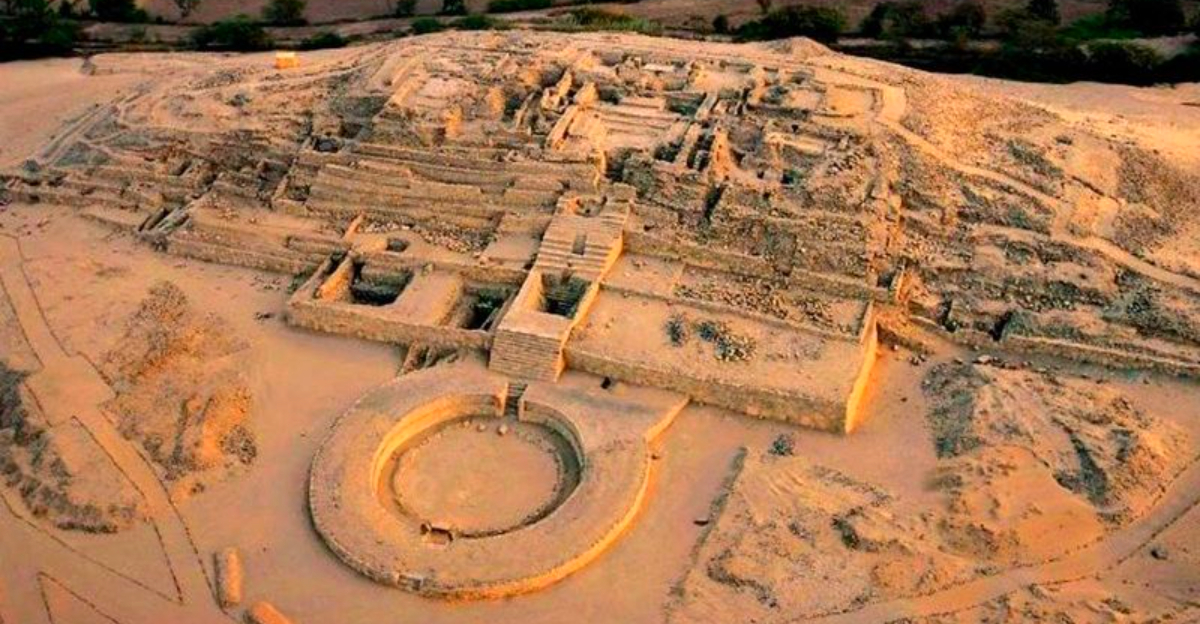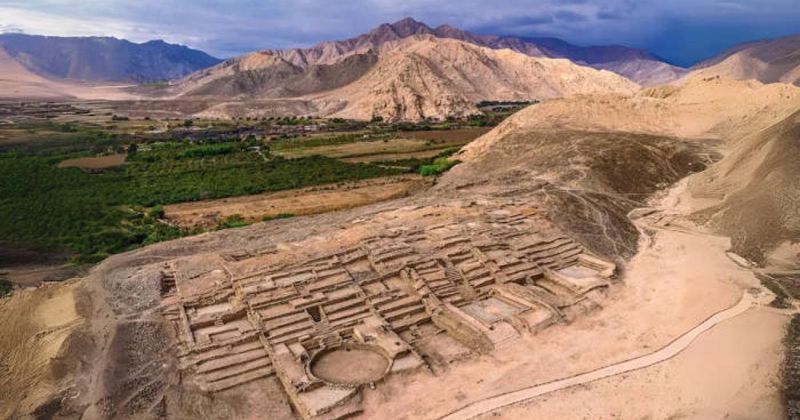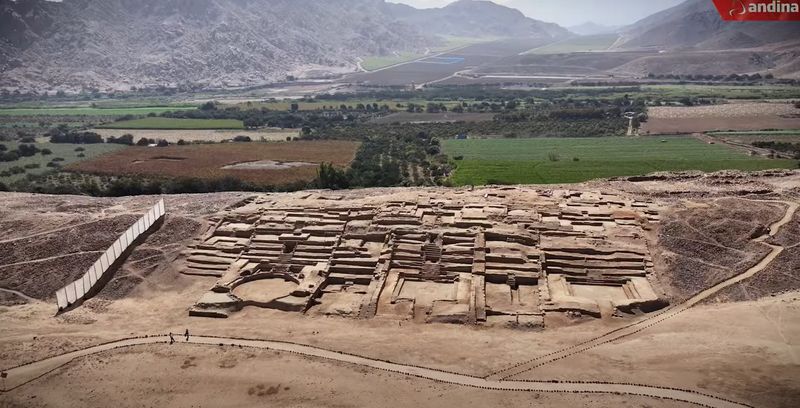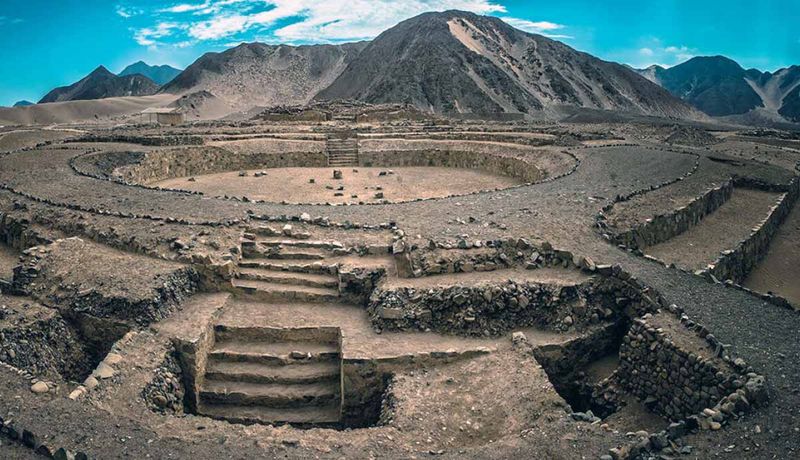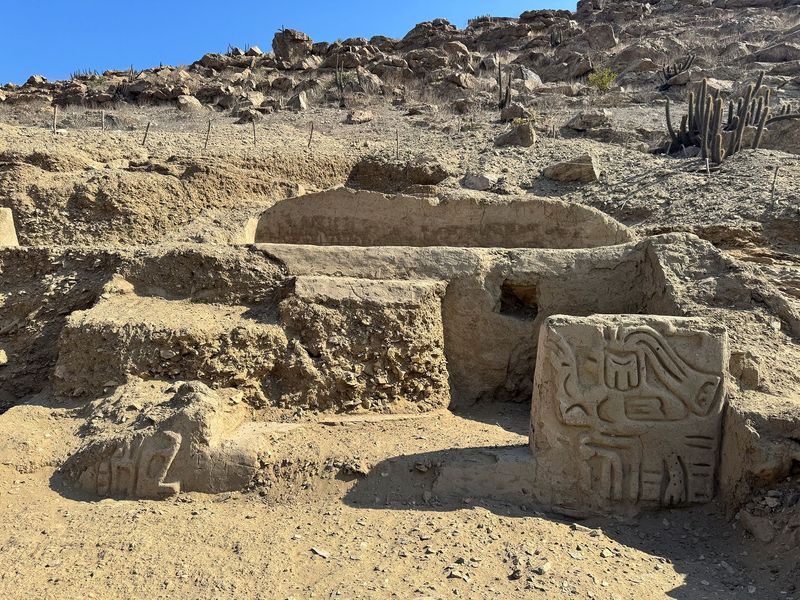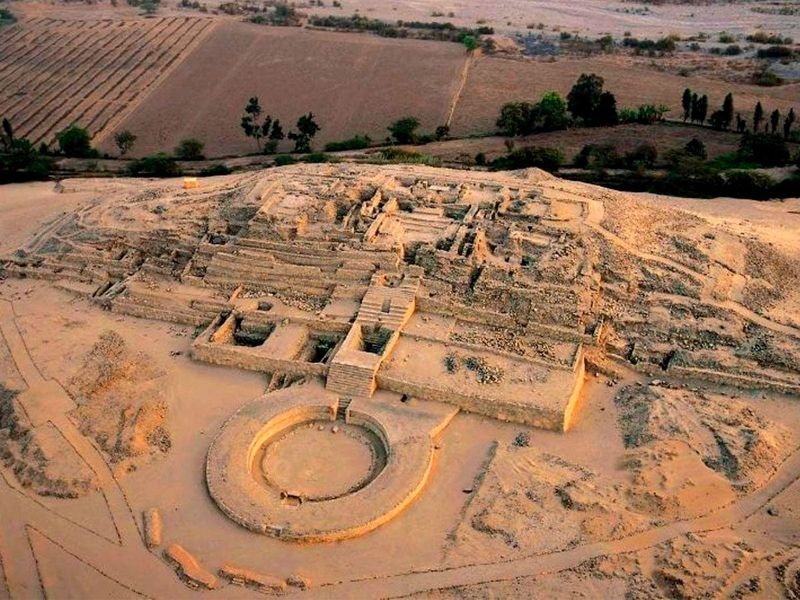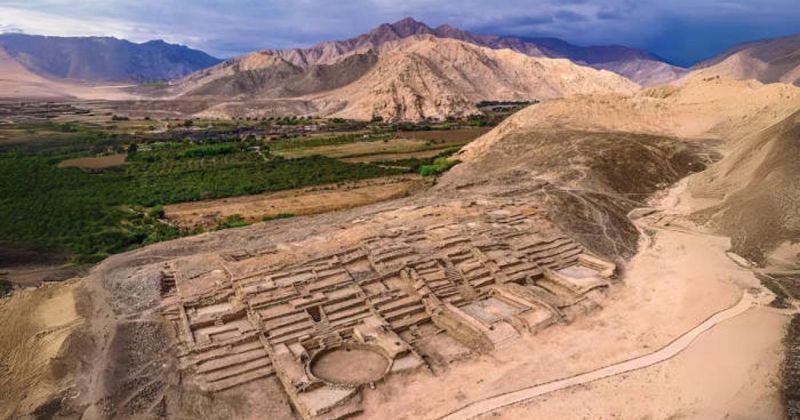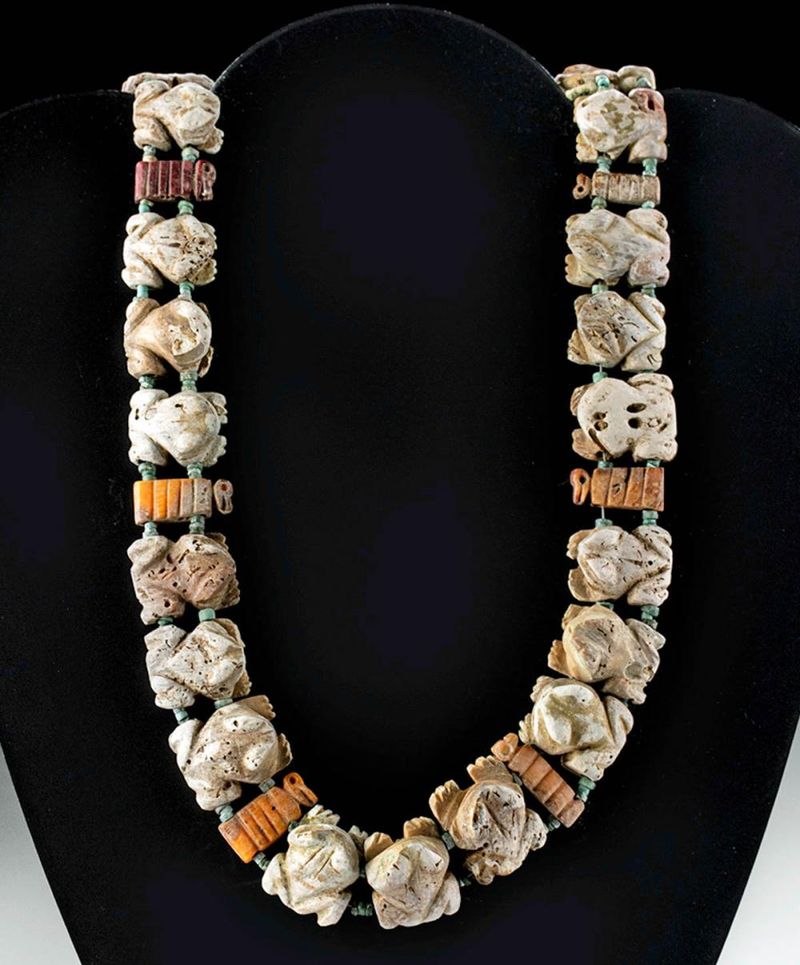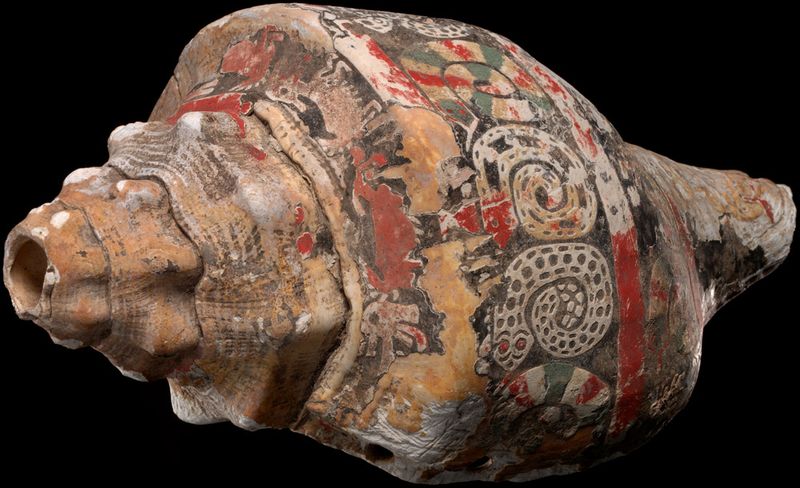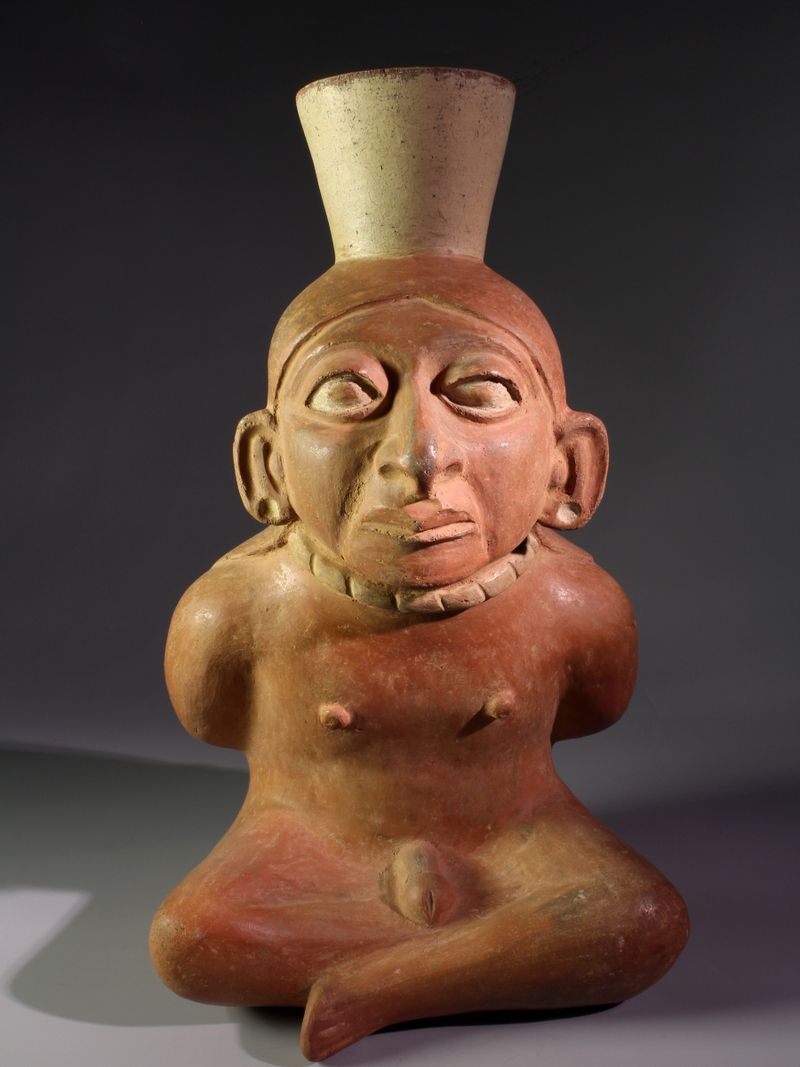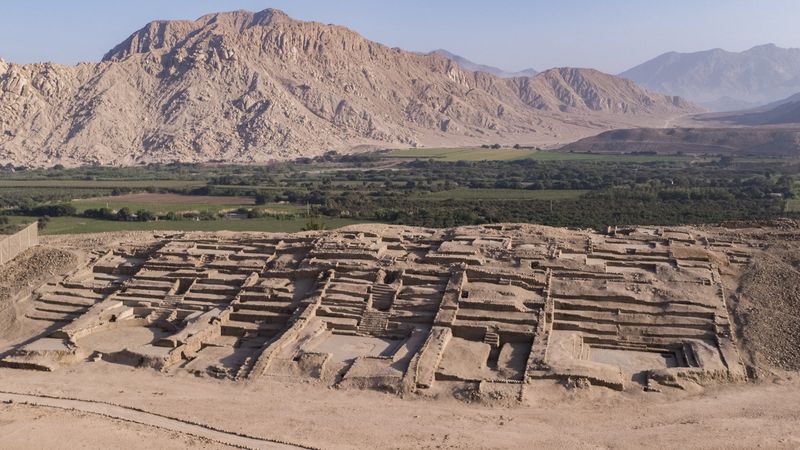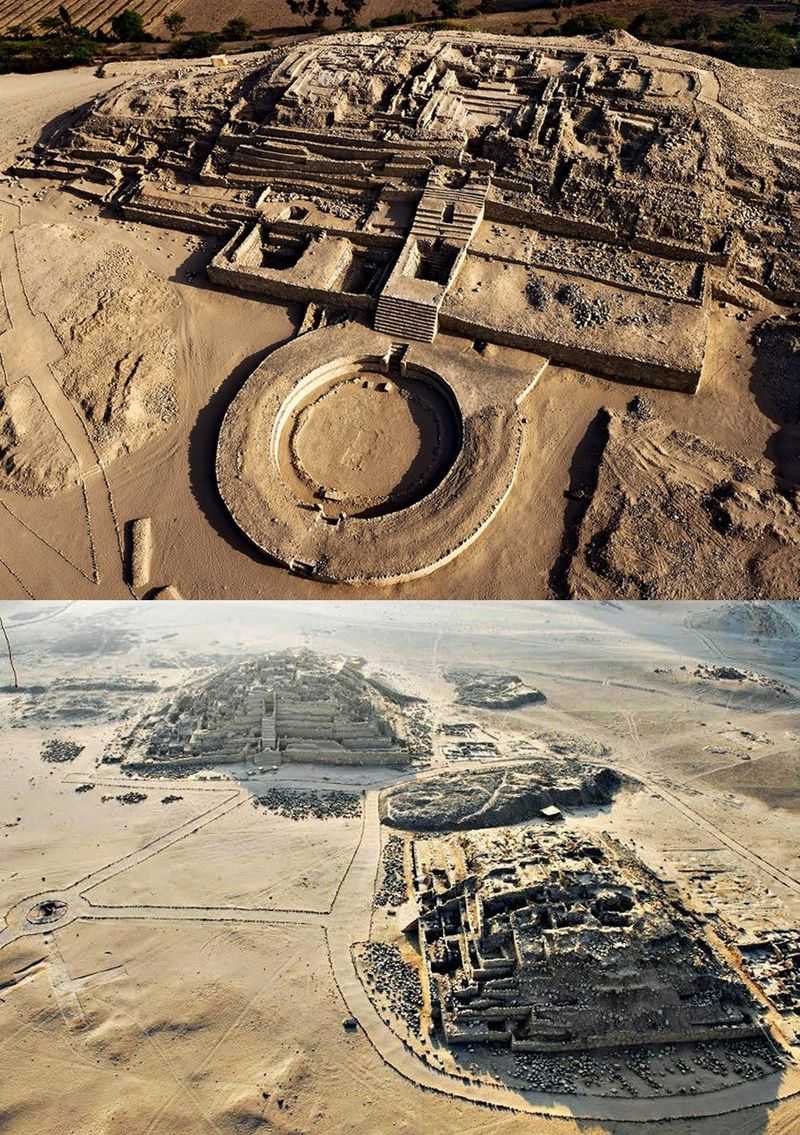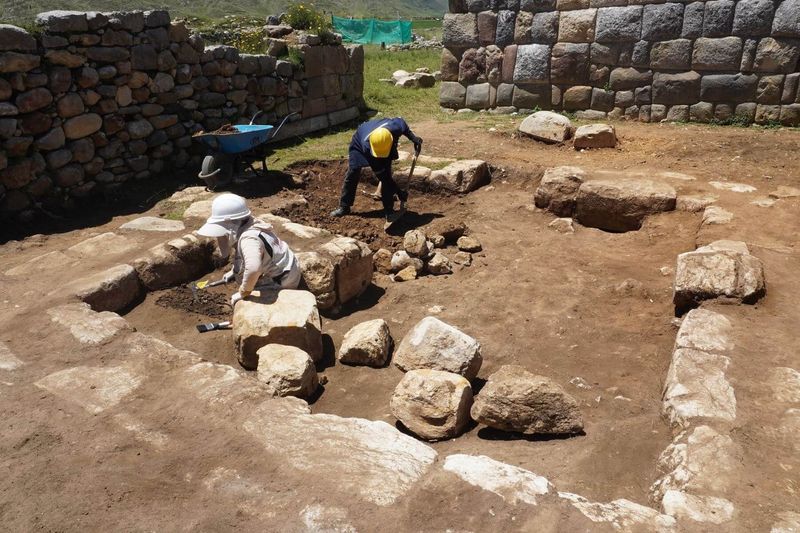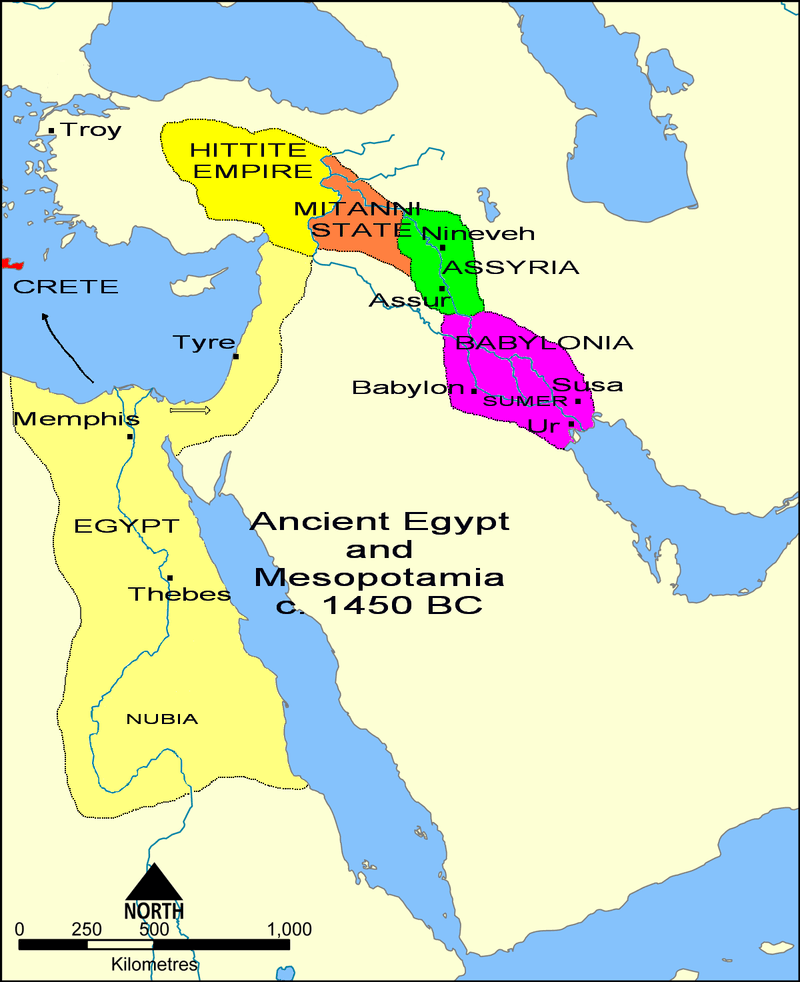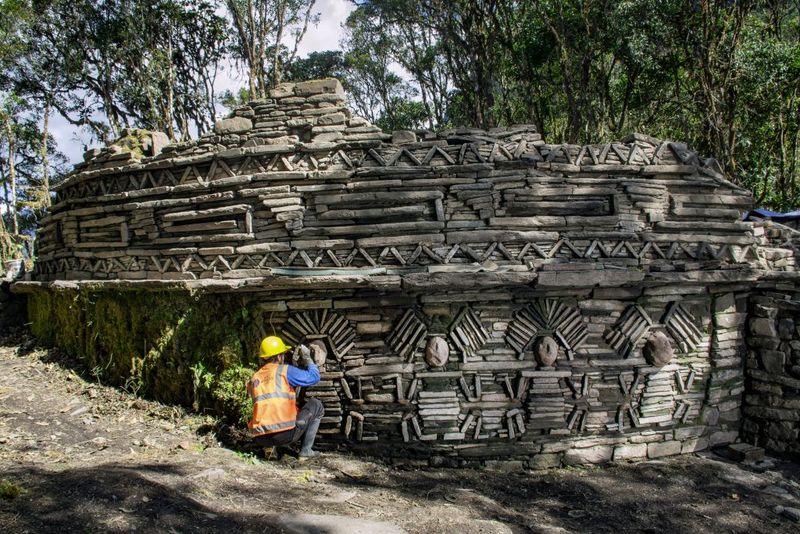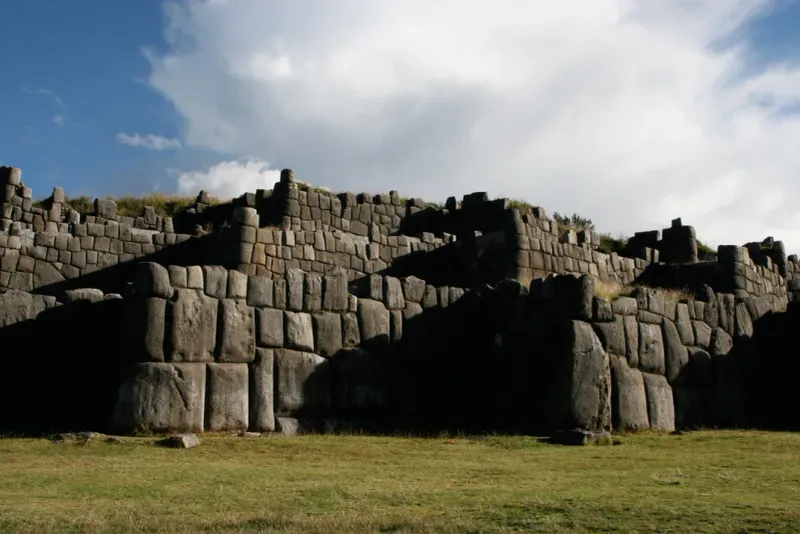Archaeologists in Peru have just unveiled an incredible find that’s been hiding for over 3,500 years. The ancient city, now called Peñico, was discovered in the Barranca province and offers a fascinating glimpse into life long before modern civilization. With ceremonial temples, trading hubs, and mysterious artifacts, this discovery is reshaping what we know about early South American cultures.
The City of Peñico: A 3,500-Year-Old Marvel
Hidden beneath layers of soil and vegetation for millennia, Peñico has finally emerged as one of Peru’s most significant archaeological treasures. This ancient city dates back to between 1800 and 1500 BCE, making it roughly as old as some early civilizations in Egypt and Mesopotamia.
After nearly eight years of careful excavation work, researchers have uncovered 18 distinct structures that paint a vivid picture of ancient life. The city’s layout reveals a sophisticated society with designated areas for ceremonies, homes, and community gatherings.
What makes Peñico truly remarkable is how well-preserved everything has remained over the centuries. Stone walls, plazas, and architectural details survived intact, allowing archaeologists to study the city’s original design. Many structures still await excavation, promising even more discoveries in the years ahead.
Strategic Location Between Three Worlds
Perched about 600 meters above sea level, Peñico wasn’t just randomly placed on the map. Ancient city planners chose this spot deliberately to connect three completely different ecological zones: the Pacific coast, the towering Andes mountains, and the lush Amazon jungle.
This strategic positioning turned Peñico into a natural meeting point where people from vastly different environments could gather. Coastal fishermen, mountain farmers, and jungle dwellers all had reasons to visit, bringing their unique goods and knowledge with them.
The location also sits on a geological terrace near the Supe River, surrounded by protective mountains. This placement wasn’t just about trade—it protected residents from floods and landslides while making the city’s temples appear even more impressive against the dramatic landscape.
Ceremonial Temples and Sacred Spaces
Among the most impressive structures at Peñico are several ceremonial temples that reveal the spiritual life of its ancient inhabitants. These weren’t simple buildings—they were carefully designed sacred spaces where important rituals took place.
The temples feature raised platforms, central plazas, and architectural elements that echo designs from the earlier Caral civilization. One building even displays sculptural reliefs of conch shell trumpets, called pututus, which were used for long-distance communication and religious ceremonies.
Religious practices clearly played a central role in daily life at Peñico. The size and prominence of these temples suggest that spiritual leaders held significant influence in the community. Archaeologists believe ceremonies here helped unite people from different regions, strengthening social bonds through shared beliefs and rituals.
Residential Complexes Show Daily Life
Beyond the grand temples, Peñico contains numerous residential structures where ordinary families lived their daily lives. These dwellings give archaeologists valuable clues about how ancient Peruvians organized their homes and communities.
The residential complexes weren’t just random huts scattered about. They show thoughtful planning with designated spaces for cooking, sleeping, and storage. Some homes cluster together, suggesting extended families or social groups lived in close-knit neighborhoods.
Examining these living spaces helps researchers understand social structures and daily routines from 3,500 years ago. Evidence of cooking areas, tool storage, and family quarters reveals surprisingly sophisticated domestic organization. These weren’t primitive shelters—they were well-designed homes that met the needs of a thriving community with complex social relationships and practical concerns.
Connection to the Caral Civilization
Peñico didn’t appear out of nowhere—it continues cultural traditions from the famous Caral civilization, considered the oldest in the Americas. Caral flourished around 5,000 years ago, roughly 2,000 years before Peñico was founded.
When Caral declined around 1800 BCE, likely due to climate changes and droughts, its people didn’t simply vanish. Many likely migrated to new areas, bringing their architectural knowledge and cultural practices with them. Peñico appears to be one of the cities that emerged during this transitional period.
The architectural similarities are striking—both cities feature plazas, temples, and social spaces arranged in similar patterns. This suggests that Caral’s descendants or cultural followers built Peñico, preserving ancient traditions while adapting to new circumstances and environments.
A Major Trading Hub
Peñico wasn’t just a city—it functioned as a bustling marketplace where goods from three different ecological zones changed hands. Coastal communities brought seashells, fish, and salt. Mountain dwellers offered metals, potatoes, and wool. Jungle traders contributed exotic feathers, medicinal plants, and tropical fruits.
This exchange system created economic connections across vast distances and challenging terrain. Traders traveling between the coast and mountains needed safe stopover points, and Peñico perfectly filled that role. The city likely charged fees or taxes on goods passing through, generating wealth for its residents.
Beyond physical goods, Peñico facilitated the exchange of ideas, technologies, and cultural practices. When people from different regions gathered to trade, they also shared stories, techniques, and innovations, making the city a hub of knowledge as well as commerce.
Bead Necklaces and Personal Adornments
Among the artifacts unearthed at Peñico are beautiful necklaces crafted from carefully shaped beads and seashells. These weren’t just random decorations—they required significant skill and time to create, making them valuable possessions.
The presence of seashell beads in a city located 600 meters above sea level proves trade connections with coastal communities. Someone had to carry those shells uphill, then artisans transformed them into wearable art. This process involved multiple people and trading relationships.
Personal adornments like these necklaces reveal social hierarchies and aesthetic values. Wealthy or important individuals likely wore more elaborate jewelry, signaling their status to others. The craftsmanship also demonstrates that Peñico’s residents valued beauty and self-expression, not just survival and practical concerns.
Sculptural Reliefs of Conch Shell Trumpets
One of Peñico’s most fascinating discoveries is a building decorated with sculptural reliefs depicting conch shell trumpets, known locally as pututus. These weren’t just decorative elements—they represented important ceremonial instruments with deep spiritual significance.
Pututus produced loud, haunting sounds that could travel great distances across valleys and mountains. Ancient Peruvians used them during religious ceremonies, to announce important events, or to communicate between settlements. The fact that they’re immortalized in stone carvings shows their cultural importance.
These reliefs also demonstrate artistic sophistication. Carving detailed images into stone requires specialized tools, techniques, and artistic vision. The sculptors captured the spiral shape and texture of real conch shells with impressive accuracy, creating artwork that has survived for millennia.
Clay Sculptures Reveal Artistic Expression
Archaeologists have uncovered numerous clay sculptures at Peñico, ranging from small figurines to larger decorative pieces. These artifacts showcase the artistic talents and creative expression of the city’s ancient inhabitants.
Clay was an accessible material that could be shaped into virtually any form, then hardened through firing. Sculptors created representations of people, animals, and possibly spiritual beings. Each piece required patience, skill, and artistic vision to complete.
These sculptures serve multiple purposes for modern researchers. They provide insights into what ancient Peruvians looked like, how they dressed, and what animals lived in their environment. Some pieces may have had religious significance, while others might have been children’s toys or decorative household items. Either way, they prove that art and creativity flourished in this ancient city.
Climate Change and Migration Patterns
Scientists believe climate shifts played a crucial role in Peñico’s founding. Around 1800 BCE, when the Caral civilization was declining, the region experienced significant environmental changes, including prolonged droughts and altered rainfall patterns.
These climate challenges forced populations to move, searching for more reliable water sources and fertile land. The Supe River valley, where Peñico sits, offered consistent water access even during dry periods, making it an attractive settlement location.
This pattern of climate-driven migration isn’t unique to ancient Peru—it’s happened throughout human history. When environmental conditions change dramatically, people adapt by relocating to more hospitable areas. Peñico’s emergence during this period shows how ancient societies responded to environmental stress by establishing new communities in strategic locations that offered better survival prospects.
Plazas as Community Gathering Spaces
Central plazas at Peñico served as the heart of community life, where residents gathered for markets, ceremonies, and social events. These open spaces were carefully designed and maintained, showing their importance to the city’s social fabric.
During market days, plazas would have bustled with activity as traders displayed goods, families shopped, and visitors from distant regions mingled. Religious festivals likely transformed these same spaces into ceremonial grounds with music, dancing, and ritual performances.
The architectural design of plazas—typically surrounded by important buildings and temples—created natural amphitheaters where large crowds could gather. This layout facilitated communication and helped leaders address the community. These spaces weren’t afterthoughts; they were essential components of urban planning that fostered social cohesion and cultural identity.
Eight Years of Careful Excavation
Uncovering Peñico wasn’t a quick process—it required nearly eight years of painstaking excavation work. Archaeologists couldn’t just dig randomly; they had to carefully remove layers of soil while documenting every artifact and structural detail they encountered.
This slow, methodical approach preserves the integrity of the site and ensures valuable information isn’t lost. Each layer of soil represents a different time period, and rushing through excavation could destroy evidence about how the city changed over centuries.
The team faced numerous challenges, from securing funding to dealing with difficult terrain and weather conditions. Yet their persistence paid off, revealing 18 structures so far. Many more buildings likely remain buried, meaning excavation work will continue for years. Each season brings new discoveries that add pieces to the puzzle of ancient Peruvian life.
Contemporaneous with Ancient Middle Eastern Civilizations
When Peñico was thriving around 1800-1500 BCE, remarkable civilizations were also flourishing on other continents. In Egypt, pharaohs were building monuments during the Middle Kingdom period. In Mesopotamia, Babylonian rulers were establishing their empire. In China, the Shang Dynasty was emerging.
This global perspective helps us appreciate that advanced societies weren’t limited to one region. While separated by vast oceans and completely unaware of each other’s existence, these cultures independently developed complex social structures, monumental architecture, and sophisticated trade networks.
Peñico proves that the Americas had their own ancient civilizations just as impressive as those in the Middle East and Asia. This discovery challenges outdated assumptions that sophisticated societies only developed in certain parts of the world, showing instead that human ingenuity and social complexity emerged independently across the globe.
Preservation Under Soil and Vegetation
For over three millennia, Peñico remained hidden beneath accumulating layers of soil, vegetation, and debris. This natural burial actually helped preserve the city’s structures, protecting them from weather erosion and human interference.
When structures are exposed to the elements, wind, rain, and temperature changes gradually break down stone and other materials. Underground, however, these destructive forces have minimal impact. The soil acts like a protective blanket, maintaining stable temperatures and moisture levels.
This preservation allows modern archaeologists to study the city almost as it was when finally abandoned. Wall alignments, floor plans, and architectural details remain clear enough to reconstruct how buildings looked and functioned. Without this accidental protection, much of Peñico’s story would have been lost forever to natural decay and time’s relentless passage.
Future Discoveries Await
Despite eight years of work, archaeologists estimate they’ve only scratched the surface of what Peñico has to offer. Many structures remain completely buried, their secrets still locked beneath centuries of accumulated soil and plant growth.
Ground-penetrating radar and other modern technologies have revealed anomalies suggesting additional buildings, plazas, and possibly even entire neighborhoods waiting to be uncovered. Each new excavation season brings the potential for groundbreaking discoveries that could reshape our understanding of ancient Peruvian culture.
Future work might uncover written records, more elaborate artwork, or evidence of technologies previously unknown in this region. There’s also hope of finding well-preserved organic materials like textiles, food remains, or wooden artifacts that rarely survive millennia. Peñico’s story is far from complete—it’s really just beginning to unfold.
